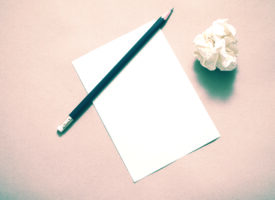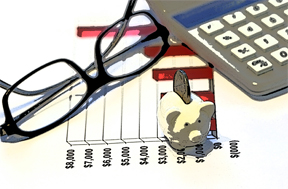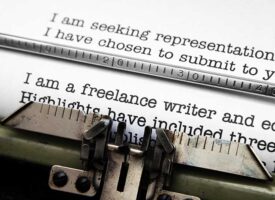The recipe for creating the perfect cover/query letter is simple: give editors and agents what they want, no more and no less. That’s it. Basically, you need to prepare a letter that provides what the editor/agent requires and then “gets out of the way” so your writing (as illustrated by your work) stands on its own.
In our eleven year’s experience within this industry, we have helped many clients fine-tune their cover letters with great success.
Your letter must follow industry guidelines. It must be only one page, and it must contain editor/agent contact information. It may or may not contain a biographical paragraph if your writing credentials warrant such, and you must thank the editor/agent for his/her time. You may also include some interesting personal information that will grab the attention of the editor/agent such as: “I live in a 200-year-old registered historic landmark on the edge of a forest.”
For Short Prose and Poetry
A cover letter accompanies short prose and poetry. It includes the title of the work in addition to some biographical information. With the cover letter you will include a master of your work, which has been professionally prepared (again, within industry standards), and your SASE ($.39 for response only; the
sample pages will be recycled).
Query/cover letter which accompanies a book submission
In addition to the information contained in a standard cover letter, the query letter contains a “blurb” about the book.
A short paragraph covering the basic premise of the novel or nonfiction work will draw the agent in and will encourage him/her to move on to the short synopsis or outline. (When we refer to query letters here, we are not referring to query letters used to “pitch” ideas for articles or books. These query/cover letters accompany sample pages of a book submission.)
6 Point Checklist for Creating Cover/Query Letters
1. Biographical information
A cover letter should include, if warranted, your education (college degrees), publishing credits (no vanity presses such as poetry.com), and any interesting facts (such as well-known authors you’ve worked with). You may share a short sentence or two of personal information. What makes you tick? Do you play jazz piano on the weekend? This personal information will make you more real in the mind of an editor or agent. Just don’t get too cutesy or talk about your grandchildren for two paragraphs!
2. Length
Your letter should NEVER be longer than one page with one-inch left and right margins (top and bottom margins may be adjusted if more room is needed).
Contact Information: You must include your name, address, phone number, and email. Having your own letterhead designed to your liking helps with this.
3. Show appreciation
You need to thank the editor for taking his/her time to read your submission.
4. Short and sweet
Prepare a cover letter that provides what the editor requires and then “gets out of the way” so your writing stands on its own.
5. Reference your SASE
All submissions should contain your self-addressed, stamped envelope. Say you’ve included it when you thank the editor for her/his time.
6. Appearance
Use high-quality bond paper (at least 24 lb. weight) and easy-to-read font, no larger than 12-point in the body of the letter, and no larger than 18-point for letterhead/contact information. Be certain your cover letter is presentable, no bent corners, smudges, etc. (The first impression an editor has of your work is your cover letter.)
About the Author:
Author is a writer for Writer’s Relief, a company that helps creative writers find the best markets for their work. Writer’s Relief also offers a FREE E-mail Newsflash for Writers. For more information visit http://www.WritersRelief.com.


